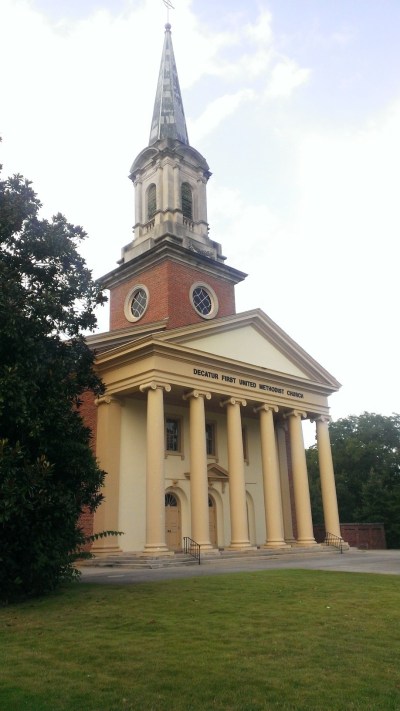It is becoming increasingly important for writers to think visually. If we are going to survive in a world of screens, we need to begin to think about how to go about it. One of the tools we already have is design. We already think about the margins and fonts we use when we create a traditional style essay. And those of us who tweet, blog, or use instagram are thinking about the presentation the 140 character message, the blog we keep about running, or the instagramming we do of our food.
In 2002, Diana George claimed in her article, “From Analysis to Design” that “to talk of literacy instruction in terms of design means to ask writers to draw on available knowledge and, at the same time, transform that knowledge/those forms as we redesign” (26). George goes on to quote the New London Group on the matter: “Designing transforms knowledge in producing new constructions and representations of reality.” For both George and the New London Group, design is an impactful part of our rhetorical approach to whatever project we’re working on.
Today I will be talking about 3 web tools that we could use to do a variety of projects and presentations. We will talk about the available designs and capabilities of these tools, and we will talk about how to decide which is best for whatever projects you may be working on. In 2005, Anne Wysocki made an argument that is still very important, which we should keep in mind as we walk through the tools below: “to ask after the constraints as we teach or compose can help us understand how material choices in producing communications articulate to social practices we may not otherwise wish to reproduce” (“awaywithwords” 56).
Prezi is a presentation tool which has both a ‘path’ feature, and a zooming feature you can use to create a linear OR non-linear presentation to keep your audience engaged. Prezi has templates you can start with, or you can design your own prezi using your own background pictures or shapes.
Here are several examples.
Sugar the Quiet Killer
The above was created using a template. I chose to do a prezi because of its embedding capabilities, because of the availability of this particular template, and to show my students what prezi can do on a basic level. I did alter this template somewhat.
Stitches Book Recommendation
This one is a student project done for a comic book classroom. The student took advantage of the storyline in which a boy goes down and into the story. For this one, the student did not use a template, but took scenes directly from the comic.
****
wordpress is a blogging tool that you are currently looking at. Blogs can be used as presentations, like the one you are seeing here, they can be formatted into whole single projects, they can be turned into websites, and they can be traditional blogs, among other things. The wonderful thing about wordpress is its versatility – if you can think of it, you can probably design it on wordpress. Keep in mind that the themes are rather limiting, as each theme has different capabilities. Traditionally, we think of what we put inside the theme as ‘content,’ and the visual design as ‘form.’ But as Krisitn Arola pointed out in 2010, “the form/content separation is problematic in that form is implied as not content” (“The Design of Web 2.0 6).
Here are some examples of wordpress blogs used in different ways:
Accidental Devotional
The above is a traditional blog kept by a teacher, mother and activist right here in Atlanta. You can see how simple the author has kept her blogroll, with a plain background and not a lot of flashy widgets. And yet she has a wide audience, and has even given a TEDex talk.
GSU Tools prototype
This is a wiki prototype that is in the process of a build through the Student Innovation Fellowship. If you compare it to the first blog design, it is almost unrecognizable as the same type of tool, unless you know what you are looking at. The theme on the above blog allows the boxes to display in the way they do, and each theme has different menu capabilities that some others do not have.
Travel Portland
And this one is a webpage made by wordpress. The theme is likely an expensive customizable one which delivers a clean presentation to help the reader get more information on travel to Portland, Oregon.
****
tumblr – is another blog site, but it has a much different design aesthetic than wordpress, and is even pretty well-known as a social media site where users display predominantly visual blogrolls, or feeds, as we typically think of them when we talk about SNSs.
Here are some examples of how people are using tumblr.
Obama is checking your email
The above is a satire tumblr making fun of a claim about a year ago, that President Obama is checking our email. This tumblr went up and content was quickly added for a short period of time. The purpose of this tumblr was to make fun of a news story that would likely be forgotten very quickly. It was important that this tumblr be plain, and contain almost all visuals so the reader could scan through, have a good laugh, and move on.
Vintage Black Beauty
This tumblr is an excellent example of how these tools can be used for larger projects like collecting digital artifacts for display in an archive. This tumblr has a much different theme than the Obama one does, and it takes advantage of layout to give the reader a sense of the types of images collected within. This tumblr is actually being used as a part of the author’s dissertation.



